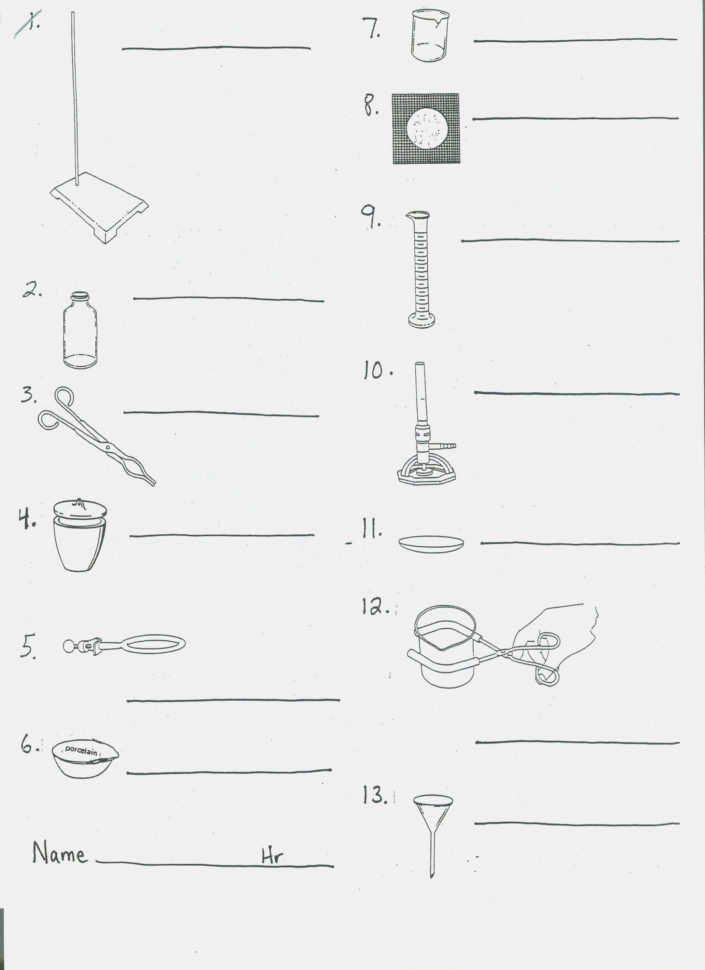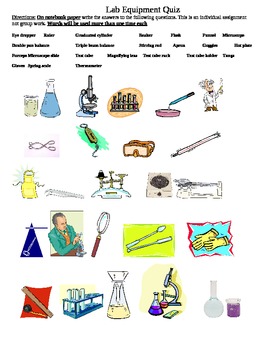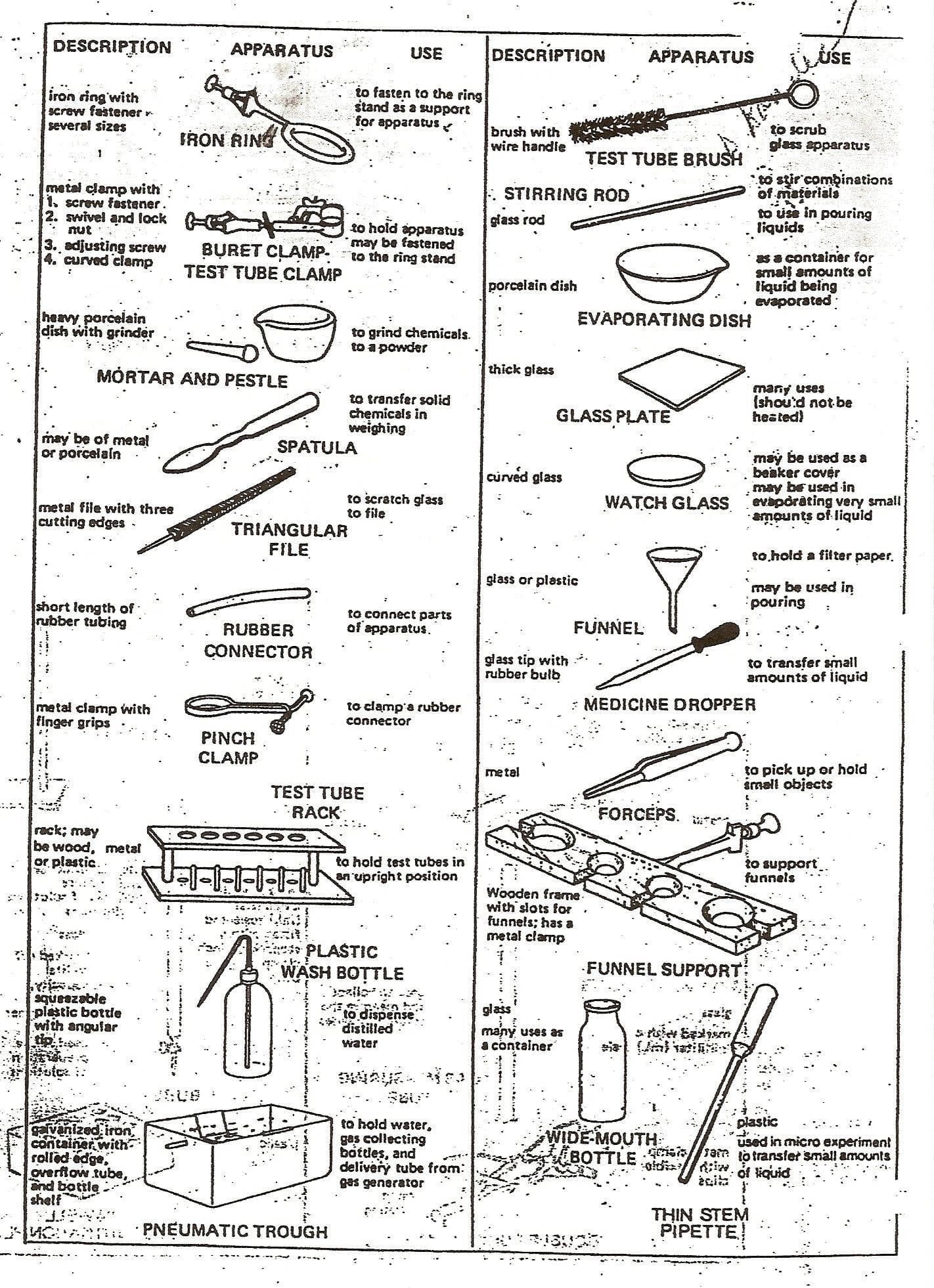

True melting is taken as the first appearance of liquid within the bulk of the sample. Some students take a larger mass of crystals when taking a melting point and this can affect the way a compound looks as it melts (smaller amounts give more accurate melting point values). Sometimes a person will call the melting point as begun when the sample moves a bit, softens, or shrinks, or a droplet outside the bulk of the sample. Only one person can look through the lens at a time, so the decision resides solely on that one person's judgement. When observing a melting point, different people can make different judgements as to when a compound has begun to melt.If the heating block is heated too rapidly, the thermometer cannot keep up, and reads a value which is lower than the actual temperature of the heating block and of the compound. Environmental test equipment is used in a variety of environments including: Environmental Chemical Testing.

To obtain an accurate melting point value, the device must be heated slowly near the melting point in order for the thermometer's sensor to be the same temperature as the heating block. Key Applications of Environmental Testing.

A mp range of 4° indicates that the compound is less pure than the naphthalene and benzophenone examples given above. It is probably pure enough for most purposes. Somewhat impure, with a mp range of 2° and the mp depressed by 1-3°. Only slightly impure, since the range is only 1° and it is very close to the literature value.


 0 kommentar(er)
0 kommentar(er)
